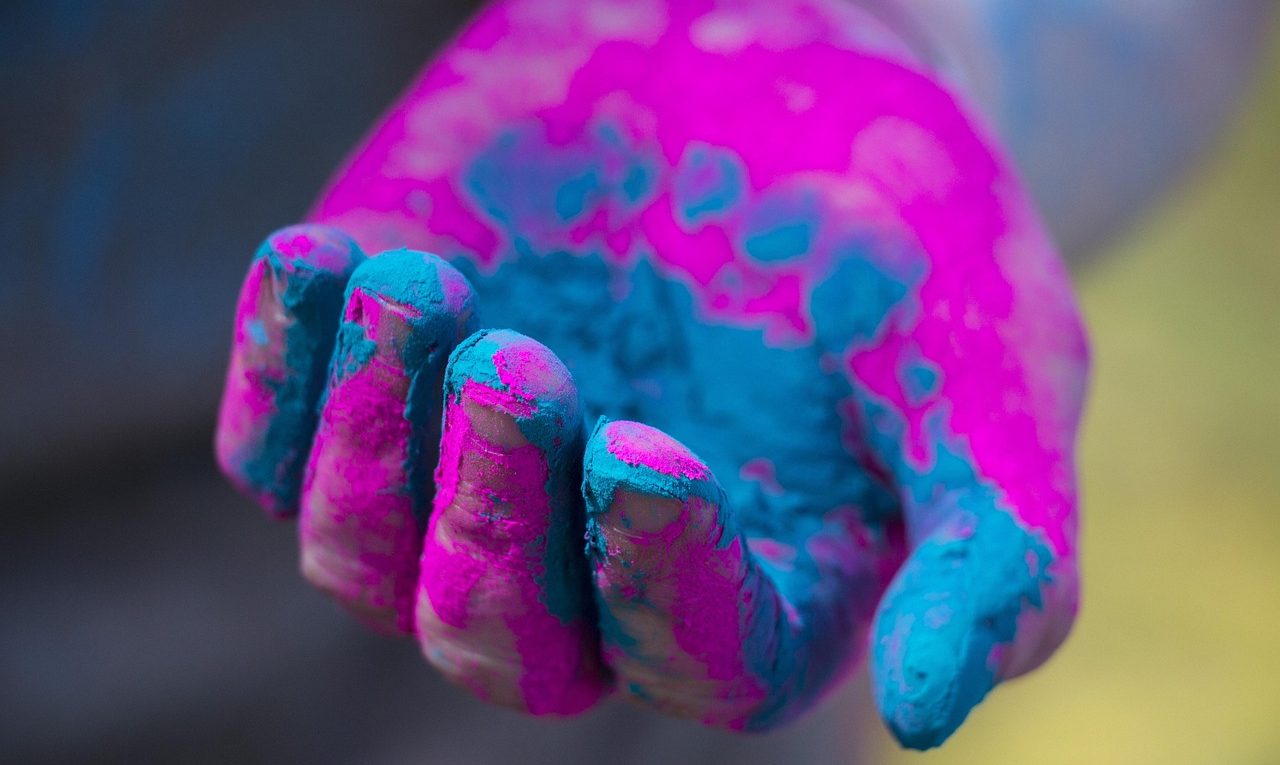What Is The Longest Lasting Glow Pigment?
Strontium aluminate-based pigments currently represent the pinnacle of glow-in-the-dark technology, offering unprecedented performance characteristics that have revolutionized the photoluminescent materials industry. Unlike traditional zinc sulfide-based pigments that dominated the market for decades, strontium aluminate formulations provide dramatically improved brightness and duration, with some premium grades emitting visible light for up to 12-16 hours after proper charging. This remarkable longevity stems from the crystal structure of strontium aluminate doped with europium and dysprosium ions, which creates deep energy traps that slowly release stored energy as visible light.
The science behind strontium aluminate’s superior performance involves complex physical processes. When exposed to light energy, electrons within the crystal lattice become excited and jump to higher energy states, where they remain trapped until gradually returning to their ground state while emitting photons. The addition of rare earth dopants like europium creates the initial luminescent centers, while dysprosium creates deeper electron traps that extend the release timeline. This sophisticated engineering results in pigments that are approximately 10 times brighter and last 10 times longer than conventional zinc sulfide alternatives.
Manufacturing processes significantly impact the final performance characteristics. High-temperature solid-state reactions produce the basic strontium aluminate compound, followed by meticulous grinding to achieve specific particle sizes that optimize both brightness and duration. Smaller particles typically charge faster and appear brighter initially but may fade more quickly, while larger particles exhibit longer persistence with slightly reduced initial intensity. The highest quality pigments undergo strict quality control measures to ensure consistent crystal structure and doping concentrations, which directly correlate to performance reliability across production batches.
Comparative Analysis of Glow Pigment Technologies and Their Applications
The evolution of glow pigments reveals a clear progression from early radioactive materials to modern photoluminescent solutions. First-generation glow materials relied on radium and other radioactive elements, providing constant illumination but posing significant health risks. Second-generation zinc sulfide pigments eliminated radiation hazards but offered limited performance—typically 30-60 minutes of dim glow. Third-generation strontium aluminate pigments, developed in the 1990s, marked a technological breakthrough with their non-toxic composition and exceptional performance characteristics.
Different strontium aluminate formulations cater to specific application requirements. Standard grades typically provide 6-8 hours of usable glow, while premium formulations with optimized doping concentrations and particle size distributions can extend beyond 12 hours. The color emission also varies, with green pigments generally offering the longest duration due to human eye sensitivity in that wavelength range. Blue and purple variants, while visually striking, typically show slightly shorter persistence times. Recent advancements include multi-wave pigments that charge from various light sources, including LED and fluorescent lighting, unlike earlier versions that required strong UV or sunlight exposure.
Practical applications leverage these longevity differences across diverse industries. Safety and emergency signage represents a major application sector, where prolonged glow duration can be life-saving in extended power outages. The marine industry utilizes glow pigments for navigation aids and emergency equipment markers. Consumer products range from watch dials and novelty items to high-end automotive dashboards and architectural elements. Artistic applications have expanded significantly as artists incorporate these pigments into paintings, sculptures, and installation art that transforms between daylight and darkness appearances.
Environmental factors significantly influence real-world performance. Temperature extremes, humidity levels, and exposure to chemicals or UV radiation can all impact glow duration over time. High-quality pigments incorporate protective coatings that mitigate environmental degradation, ensuring consistent performance throughout the product lifecycle. Understanding these variables helps manufacturers and users optimize charging conditions and placement to maximize the practical glow duration for their specific use case scenarios.
Optimization Strategies for Maximizing Glow Pigment Performance
Achieving the theoretical maximum glow duration requires careful attention to charging conditions, application methods, and environmental factors. The charging process fundamentally involves exposing the pigment to light energy, with different light sources offering varying efficiency levels. Natural sunlight provides the most effective charging due to its broad spectrum and high intensity, typically requiring 15-30 minutes for full saturation. Artificial light sources require longer exposure times—LED and fluorescent lights may need several hours, while incandescent bulbs fall somewhere between these extremes.
Application techniques significantly influence perceived glow duration and intensity. Pigment concentration, binder selection, and substrate preparation all contribute to final performance. Higher pigment loading generally improves both brightness and duration, but only up to a point—excessive concentration can lead to self-absorption where photons emitted by one pigment particle are absorbed by neighboring particles. The choice of binder material is equally crucial, as some resins and coatings can block charging light or quench the emitted glow. Clear, UV-transparent binders typically yield the best results.
Surface preparation and coating thickness represent additional optimization opportunities. Smooth, light-colored substrates reflect both charging light and emitted photons, effectively boosting performance compared to dark, textured surfaces. Optimal coating thickness balances sufficient pigment quantity with light penetration depth—typically 80-200 microns depending on specific formulation and application method. Multiple thin layers often outperform single thick applications by ensuring more uniform light exposure during charging and more efficient photon emission during glow phases.
Advanced activation strategies can further extend functional glow duration. Some manufacturers incorporate “glow boost” technologies that include secondary phosphors with different emission characteristics, creating a more consistent visual appearance as the primary pigment fades. Hybrid approaches combining photoluminescent pigments with afterglow-enhancing materials are emerging in specialized applications. Regular maintenance cleaning also preserves performance by preventing dirt and contamination from blocking light transmission. As research continues, new doping elements and crystal structure modifications promise even longer durations and brighter emissions for future glow pigment generations.
Keywords: glow pigment, strontium aluminate, photoluminescent, glow duration, glow in the dark, luminescent materials, phosphorescent, glow powder, afterglow, glow pigment applications, safety signage, glow pigment manufacturing, rare earth dopants, zinc sulfide, glow performance

